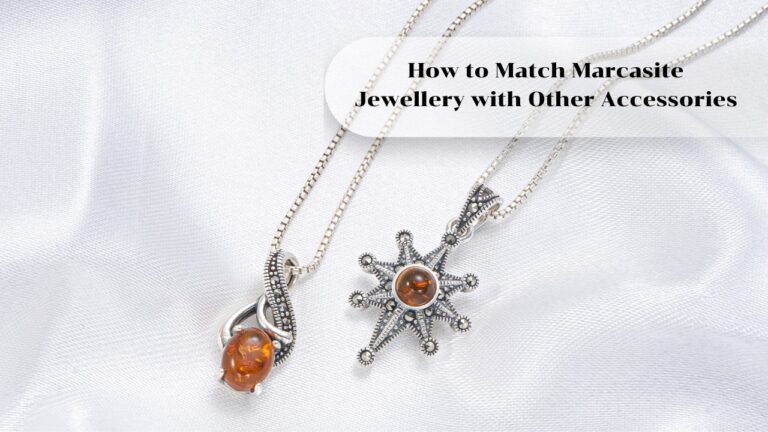
Thai amulets, or “pra khruang” in Thai, are much more than decorative objects or mere collectibles. These valuable talismans carry deep cultural and spiritual significance, blending religion, history, and tradition. The global fascination with Buddhist jewelry and Asian collectibles has elevated many Thai amulets to extraordinary levels of value, with some individual pieces selling for more than a luxury home. This article explores the fascinating world of high-value Thai spiritual amulets, their significance, and why they have become such prized possessions.
The Spiritual and Cultural Foundation of Thai Amulets
The Origins of Thai Amulets
Thai amulets have their roots in Buddhist traditions, with the practice dating back hundreds of years. These small sacred items are typically crafted from clay, metal, wood, or bone, and are infused with spiritual energy and blessings by Buddhist monks or revered practitioners. Each amulet is believed to possess specific powers, such as protection from evil, success in business, good health, or even attracting love.
The creation of Thai amulets is more than artistic craftsmanship—it is a sacred ritual. Monks often spend weeks or months meditating, chanting mantras, and performing ceremonies to imbue the amulet with divine energy. This process not only emphasizes the spiritual significance of the talisman but also sets it apart as an object of devotion and reverence.
The Role of Amulets in Thai Buddhism
Thai amulets are deeply intertwined with Buddhism, which permeates every aspect of Thai society. Wearing an amulet serves as a tangible connection to spiritual protection and guidance. Many Thais believe that these Buddhist relics offer a shield against harm, bring good luck, and serve as a reminder of their faith.
The popularity of amulets isn’t restricted to Thailand—enthusiasts from around the world treasure these sacred items as part of their own spiritual practice or cultural appreciation. For collectors, Thai amulets represent not just a connection to Buddha’s teachings but also a window into the rich heritage of Southeast Asia.
What Makes a Thai Amulet Worth More Than a House?
Rarity and Historical Significance
The value of a Thai amulet often lies in its rarity and historical importance. Amulets linked to famous monks or temples, such as the highly revered Luang Phor Tuad or Somdej Wat Rakang, command incredible prices. These amulets are considered “high-end” collectibles because of their spiritual potency, antique value, and limited availability.
For example, the Somdej Wat Rakang amulet, crafted over 150 years ago by Somdej Toh, a legendary Buddhist monk, is one of the most sought-after amulets in the world. These rare pieces have fetched millions of baht (Thailand’s currency) in auctions, with some rare specimens surpassing the price of luxury mansions.
Spiritual Power and Blessings
Another key factor influencing the value of Thai amulets is the belief in their spiritual power. Collectors and devotees often gravitate toward amulets that are believed to possess exceptionally strong protective or transformative abilities. Stories and testimonials have fueled this demand, with many claiming miraculous escapes from danger, recovery from illnesses, or financial success after wearing certain amulets.
A famous example is the Phra Luang Phor Tuad amulet, which is believed to protect its wearer from accidents and misfortune. This amulet is so highly regarded that some pieces have sold for tens of millions of baht.
Material and Craftsmanship
While spiritual significance takes precedence, the material and craftsmanship of an amulet also play a role in determining its value. Amulets may be made from precious metals like gold or silver, rare woods, or even fragments of sacred artifacts. The skill involved in crafting intricate designs, carvings, or inscriptions further adds to their appeal as both religious objects and works of art.
Provenance and Authenticity
For collectors of Asian collectibles, provenance is critical. Amulets with a documented history or connection to a specific temple or monk carry significantly more value. Additionally, authenticity is paramount in the world of Thai amulets. Counterfeit versions of popular amulets are widespread, making documented authenticity a necessity for high-value transactions.
The Market for Thai Amulets
A Booming Collectibles Market
The market for Thai amulets has expanded far beyond Thailand. Enthusiasts from China, Singapore, Malaysia, and Western countries actively seek these spiritual and cultural treasures. Collectors are willing to pay astronomical sums for genuine, rare amulets, transforming this sacred practice into a booming international market.
Auctions and amulet fairs often attract intense competition, and private transactions among collectors can sometimes resemble the high-stakes world of art dealing. Online marketplaces further fuel demand, making these valuable talismans accessible to a global audience.
Investment Potential
For serious collectors, Thai amulets aren’t just spiritual objects—they’re investments. High-quality, authenticated amulets have consistently appreciated in value over time, making them an attractive alternative asset class. Some families collect amulets as heirlooms, passing down the wealth and spiritual blessings to the next generation.
The most expensive Thai amulet ever sold reportedly fetched a price of over 50 million baht (approximately USD 1.4 million), demonstrating just how lucrative this market can be. However, collectors are advised to vet their purchases carefully, as the market is also rife with forgeries.
Significance Beyond Material Value
For true devotees, the worth of a Thai amulet goes far beyond its monetary value. These items symbolize faith, devotion, and spiritual connection. Whether worn for protection, displayed as a reminder of Buddhist teachings, or collected as a piece of history, Thai amulets are cherished as much for their spiritual essence as for their beauty and exclusivity.
Buddhist jewelry is also gaining popularity as a form of wearable spirituality. Some amulets are encased in gold or silver frames, making them not just holy relics but elegant pieces of jewelry. This fusion of sacred meaning and aesthetic appeal adds another layer of depth to their significance.
Tips for Collecting Thai Amulets
If you’re interested in starting your own collection of Thai amulets or simply want to learn more, here are a few tips
1. Research the History and Symbolism
Understand the meaning and history of the amulet you’re interested in. Learn about the monk or temple associated with it to appreciate its full significance.
2. Verify Authenticity
Always purchase amulets from reputable sources to avoid counterfeits. Seek certificates of authenticity or expert opinions if possible.
3. Consult Experts
Join amulet forums or communities to connect with experienced collectors. They can provide guidance on identifying genuine, valuable pieces.
4. Start Small
You don’t need to spend a fortune to begin your collection. Many authentic amulets are affordable and still carry significant spiritual value.
Conclusion
Thai amulets are far more than intricate Buddhist artifacts—they are profound symbols of faith, culture, and history. The blend of valuable talismans, Buddhist jewelry, and prized Asian collectibles has catapulted these spiritual objects into the global spotlight. While some amulets are worth more than a house, their true value lies in their ability to connect us to a greater force, inspire devotion, and preserve the rich traditions of Thai Buddhism.
Whether you’re drawn to their spiritual significance or their cultural allure, exploring the world of Thai amulets is an enriching journey. Beyond the price tags and the auctions, these sacred objects hold timeless stories of belief, artistry, and reverence—making them treasures in every sense of the word.










